Spice It Up, Brazilian Style: A Flavorful Journey Through Brazil's Culinary Traditions
Brazilian cuisine is a colorful explosion of flavors, where tropical fruits meet earthy roots and spices reign supreme. From the bustling markets of São Paulo to the beachside churrascarias of Rio de Janeiro, every bite tells a story — a tale of indigenous heritage, African influence, European colonization, and immigrant ingenuity.
Table of Contents
- A Taste of History: Spices in Brazilian Culture
- Top 5 Essential Spices in Brazilian Cuisine
- Iconic Dishes That Define Brazil’s Flavors
- Pro Tips for Cooking with Brazilian Spices at Home
- Regional Differences: How Brazil Varies by Plate
- Sustainability and the Spice Trade in Brazil Today
- Conclusion: Why Brazilian Spices Should Be on Every Pantry Shelf
A Taste of History: Spices in Brazilian Culture
While Brazil may not be known as a traditional spice powerhouse like India or Morocco, its use of flavoring ingredients — both natural and cultivated — has deep cultural roots. Long before Portuguese explorers arrived in 1500, indigenous tribes such as the Tupi-Guarani used native herbs, seeds, and barks to season their meals. These early culinary pioneers laid the foundation for what would become a uniquely Brazilian flavor profile.
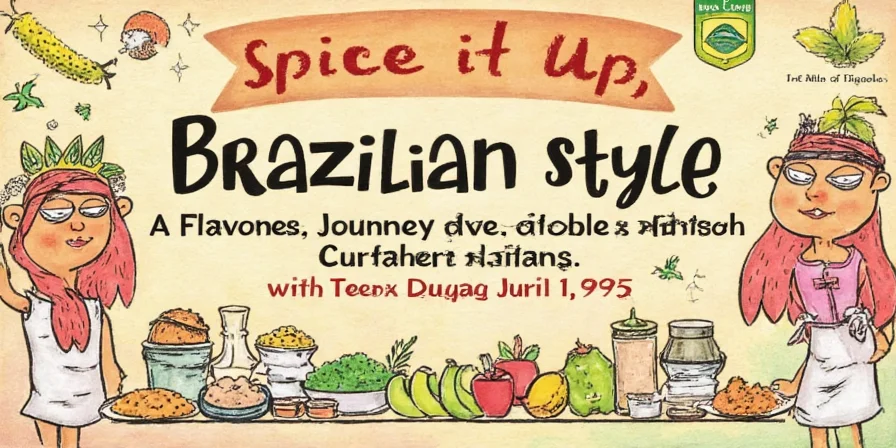
When the Portuguese came, they brought black pepper, cinnamon, and cloves from the Old World. Later, during the transatlantic slave trade, African communities introduced bold combinations of palm oil, ginger, and chili peppers, giving rise to dishes like moqueca and acarajé. Over time, Italian, Japanese, and Arab immigrants added their own signature spices and techniques, creating a delicious mosaic of tastes.
Top 5 Essential Spices in Brazilian Cuisine
If you want to bring a touch of Brazil into your kitchen, here are five must-have spices that form the backbone of its culinary identity:
| Spice | Flavor Profile | Common Use | Substitute |
|---|---|---|---|
| Dendê (Palm Oil) | Rich, earthy, slightly nutty with a vibrant red-orange hue | Used in Bahia dishes like acarajé and moqueca | Safflower oil + paprika for color |
| Malagueta Pepper | Fiery hot with fruity undertones | Essential in pimenta biquinho and homemade hot sauces | Habanero or Scotch bonnet pepper |
| Cilantro (Coentro) | Herbaceous, citrusy, polarizing | Found in almost all salsas, stews, and grilled meats | Parsley mixed with lemon zest |
| Cumin | Earthy, smoky, warm | Used in meat marinades and bean dishes | Fennel seeds or coriander powder |
| Crushed Red Pepper Flakes | Spicy, slightly bitter | Added to feijoada, pastels, and snacks | Chili powder or fresh chopped chili |

Iconic Dishes That Define Brazil’s Flavors
Let’s take a flavorful trip across Brazil through some of its most beloved dishes, each showcasing how spices elevate simple ingredients into unforgettable meals.
- Feijoada: The national dish of Brazil, this hearty black bean stew features pork cuts simmered with garlic, bay leaf, cumin, and onion. Served with rice, collard greens, and orange slices, it’s a comforting symphony of savory, sweet, and spicy.
- Acarajé: These crispy street snacks made from seasoned black-eyed pea dough are stuffed with dried shrimp, caruru (okra), and sometimes smoked bacon. The seasoning includes salt, onion, and often malagueta pepper.
- Moqueca: A coastal fish stew rich in dendê oil, tomatoes, onions, garlic, and cilantro. It comes in two regional styles — Capixaba (florid) and Baiana (spicy and coconut-forward).
- Carreteiro Rice: A gaucho classic from southern Brazil featuring rice stir-fried with smoked sausage, peppers, onions, and a touch of cumin. Often served alongside churrasco.
- Vatapá: A creamy paste made from bread, coconut, shrimp, peanuts, and palm oil. Though more texture than heat, the depth of flavor comes from a well-balanced blend of spices and aromatics.
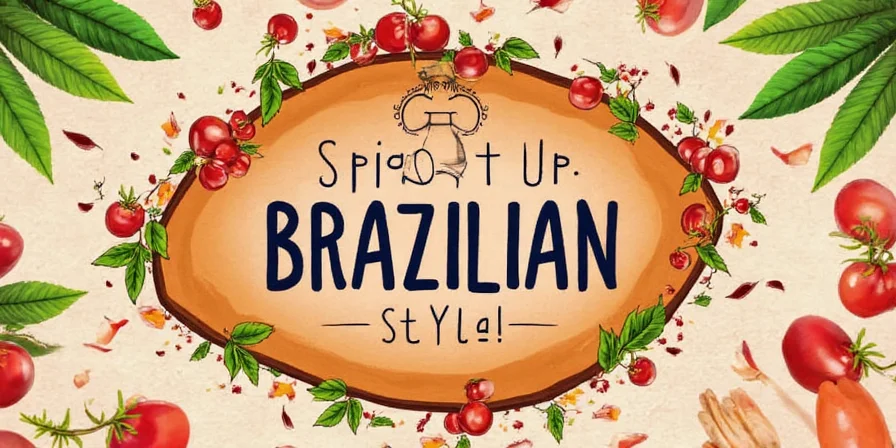
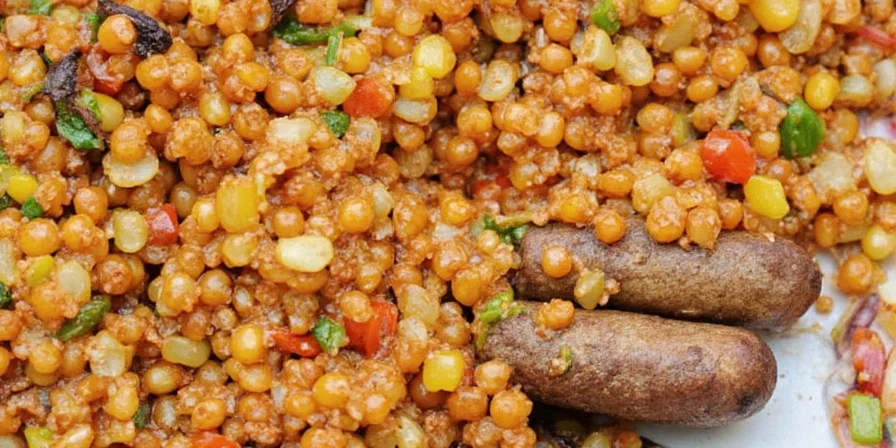
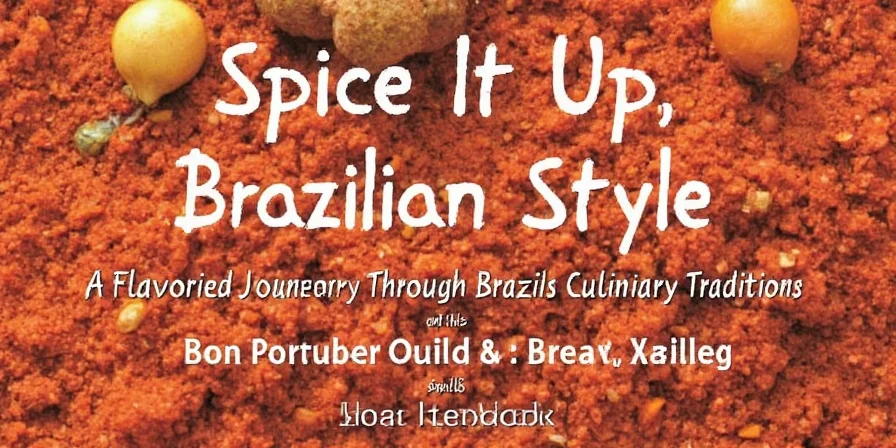
Pro Tips for Cooking with Brazilian Spices at Home
You don’t need a passport to enjoy Brazil’s bold flavors. Here are expert-approved tips to recreate authentic dishes right in your own kitchen:
- Build Your Spice Rack: Start with cumin, crushed red pepper flakes, ground annatto (for a dendê-like color), and dried malagueta if available.
- Fry First, Then Simmer: Many Brazilian recipes call for frying spices with onions and garlic to unlock their full aroma before adding liquids or proteins.
- Don’t Skimp on Fresh Herbs: Cilantro and parsley are crucial. If using frozen, add them at the end; fresh additions should come just before serving for brightness.
- Balance Heat with Sweetness: Palm oil adds sweetness and richness that counteracts the heat of malagueta or red pepper flakes. Consider adding a pinch of sugar when substituting.
- Embrace Regional Twists: Try making both versions of moqueca — one with coconut milk and the other without — to explore the diversity of Brazilian cuisine.
Regional Differences: How Brazil Varies by Plate
Brazil is so vast that its culinary traditions vary dramatically from region to region. Let’s break down the spice usage and flavor profiles across four major areas:
| Region | Signature Spices & Ingredients | Key Dishes | Taste Profile |
|---|---|---|---|
| Northeast (Bahia) | Dendê, malagueta, dried shrimp, okra, coconut | Acarajé, moqueca baiana, vatapá | Rich, spicy, and slightly sweet |
| Southeast (São Paulo/Rio) | Cumin, garlic, oregano, black pepper, cilantro | Feijoada, virado à paulista, pastéis | Earthier, robust, with strong European influences |
| South (Rio Grande do Sul) | Smoked paprika, bay leaves, parsley, dried beef | Churrasco, chimarrão, carreteiro rice | Smoky, hearty, and grilled to perfection |
| North/Amazon | Tucupi sauce, jambu (numbing herb), annatto, chili | Tacacá, pato no tucupi, tambaqui na brasa | Exotic, tangy, and loaded with jungle-inspired flavors |
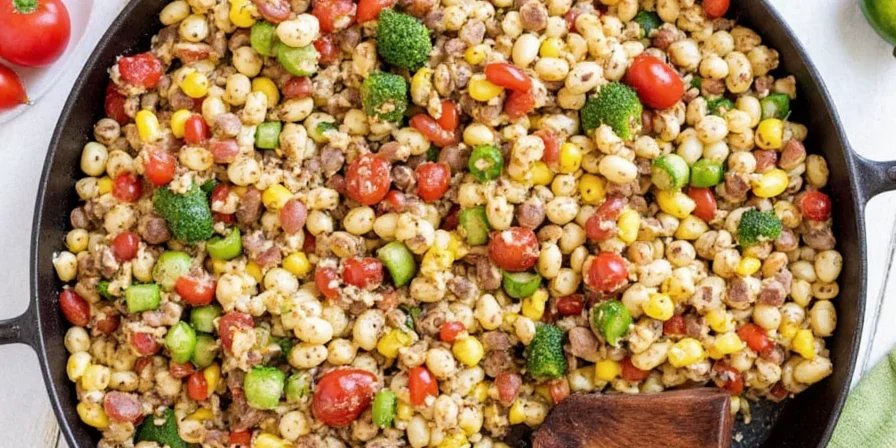
Sustainability and the Spice Trade in Brazil Today
In recent years, there’s been a growing movement toward sustainable spice sourcing in Brazil, especially concerning dendê production. While once linked to deforestation and environmental harm, many small-scale producers now focus on agroforestry practices that protect biodiversity while maintaining yield.
Organizations like Embrapa are researching eco-friendly methods for cultivating spices such as malagueta and promoting fair trade partnerships between local farmers and global markets. Consumers worldwide can support these efforts by seeking out ethically sourced Brazilian ingredients or opting for certified products.
As climate change impacts agriculture, understanding the origins of our spices becomes ever more important — and Brazil is rising to the challenge with innovation and respect for its culinary heritage.
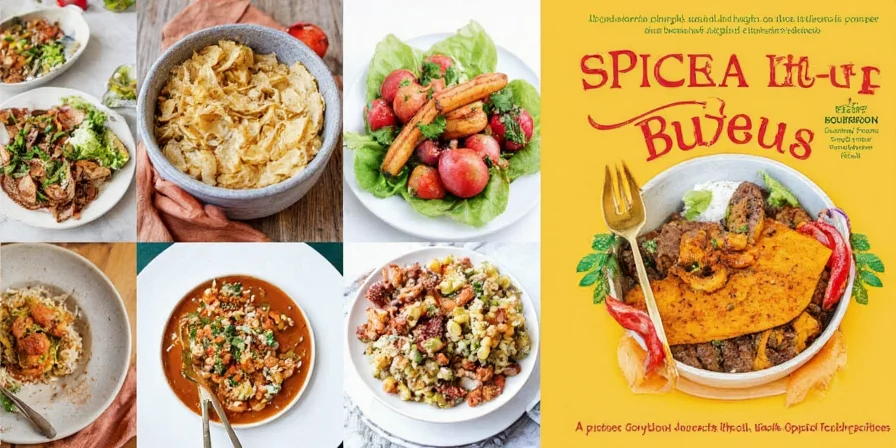
Conclusion: Why Brazilian Spices Should Be on Every Pantry Shelf
Brazil is more than just carnival and beaches — it’s a country bursting with flavor, history, and culinary creativity. Its spice traditions reflect centuries of cultural fusion, resulting in a dynamic and deeply satisfying cuisine that deserves more recognition on the global stage.
Whether you're experimenting with dendê-infused stews or spicing up your grilled meats with cumin and malagueta, incorporating Brazilian flavors into your cooking can transform your meals into joyful celebrations of taste and tradition.
So next time you’re planning dinner, think beyond the usual suspects. Shake things up — Brazilian style. Because life’s too short for bland food!
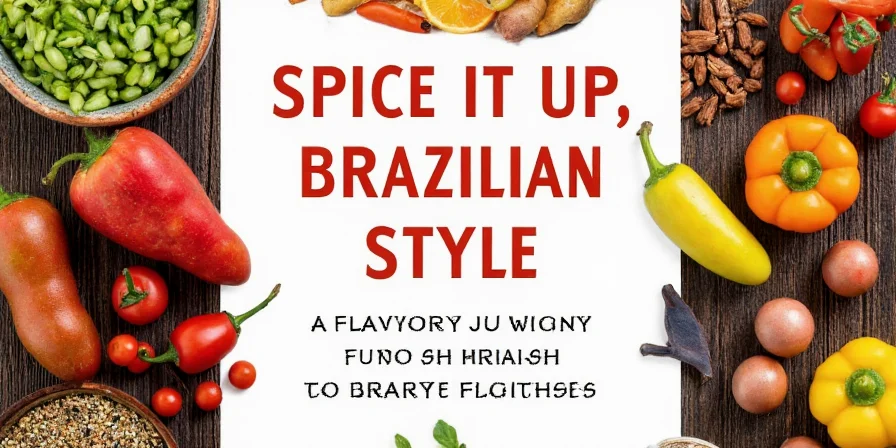

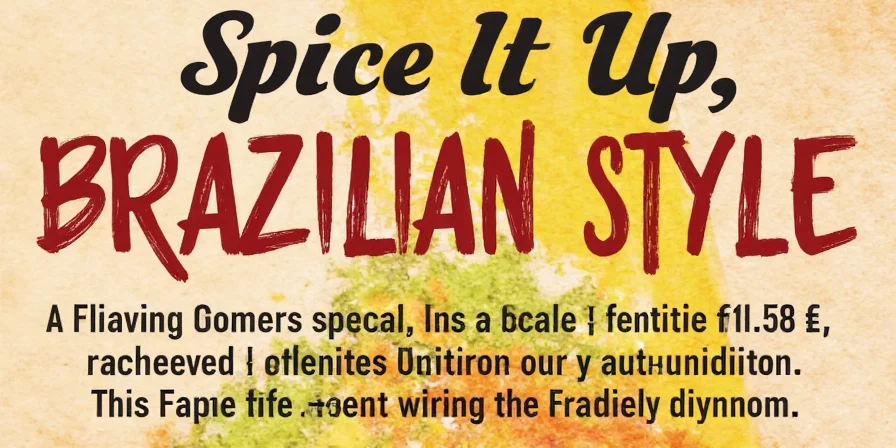









 浙公网安备
33010002000092号
浙公网安备
33010002000092号 浙B2-20120091-4
浙B2-20120091-4